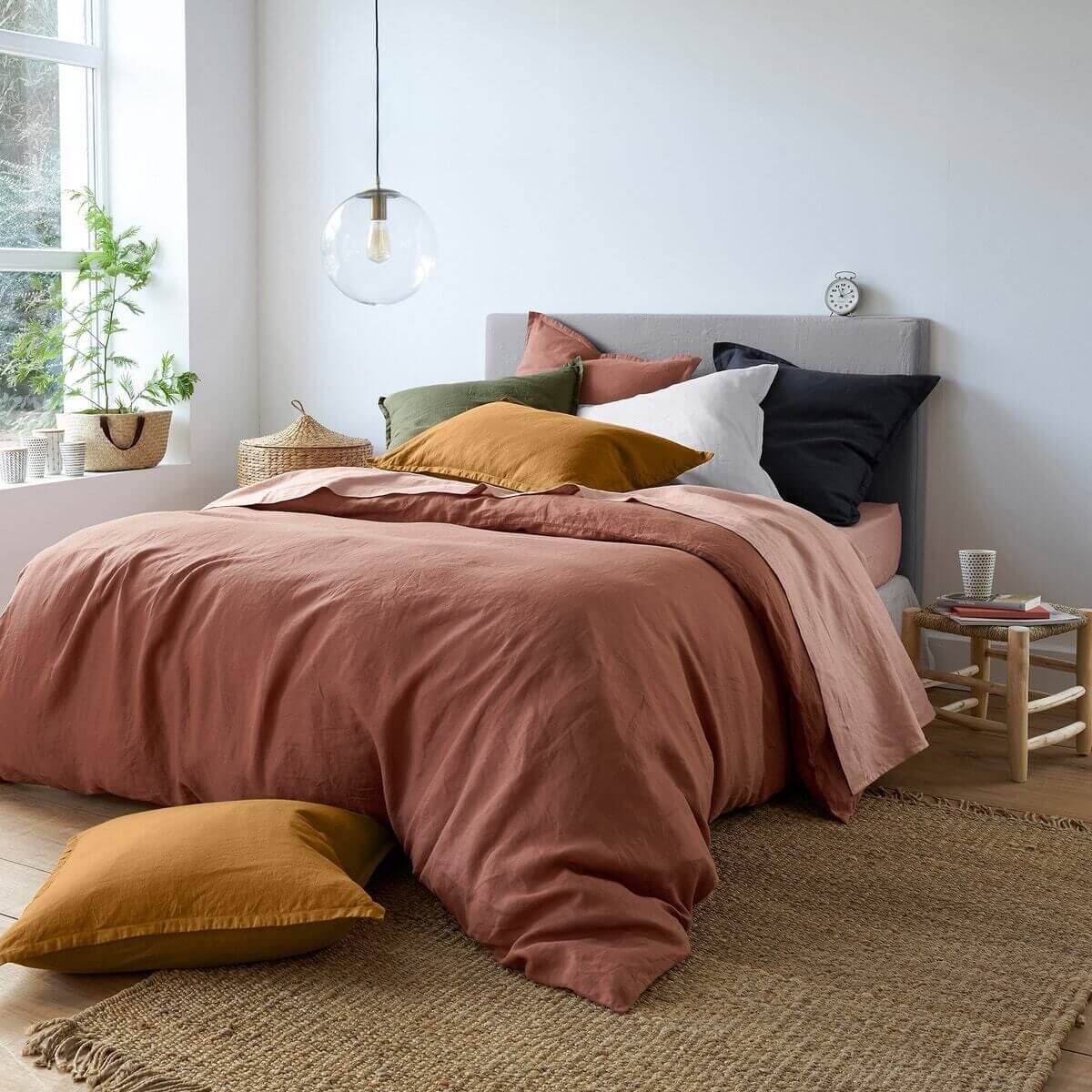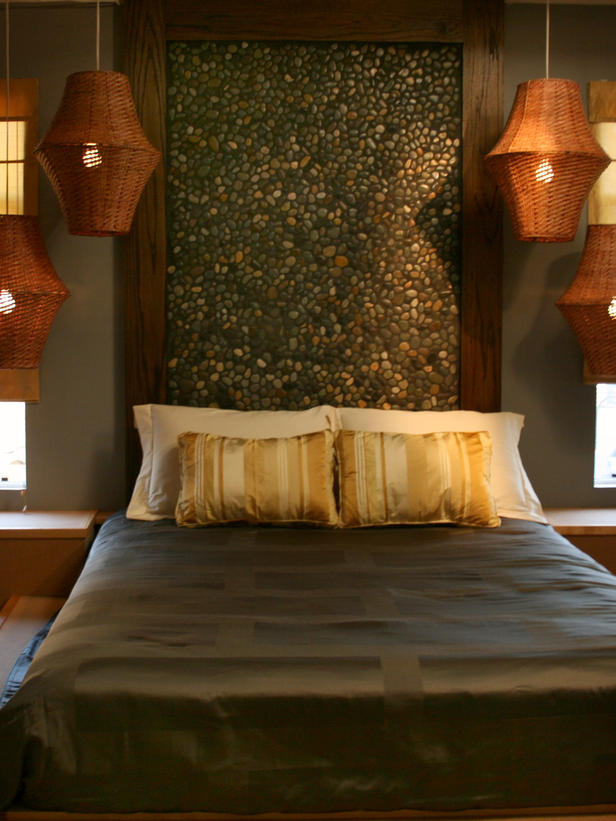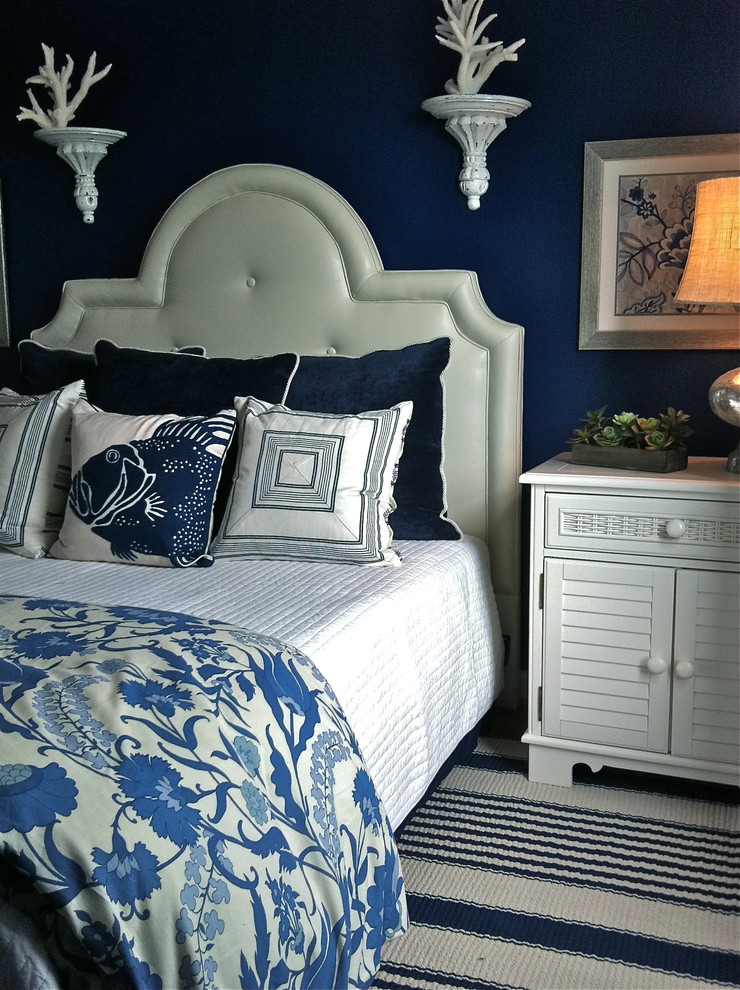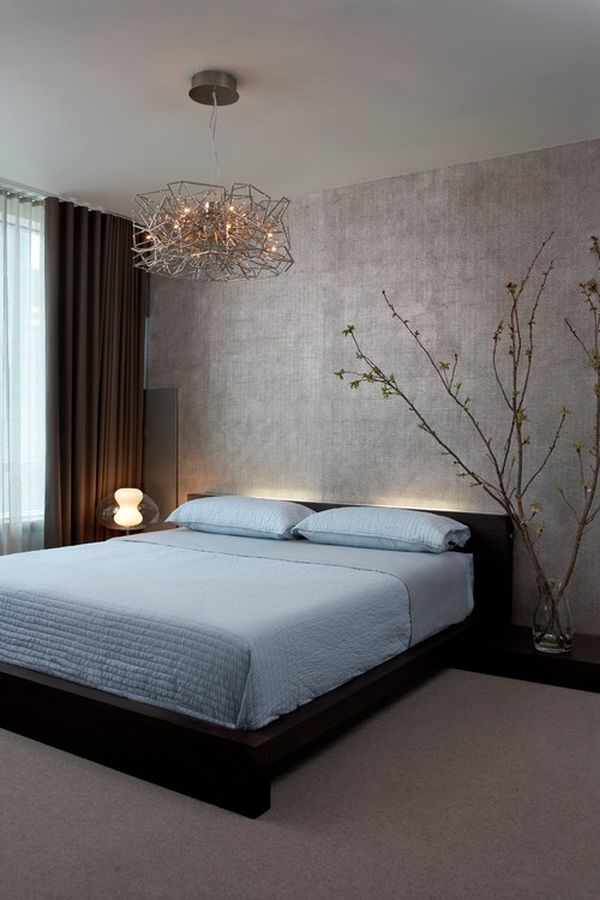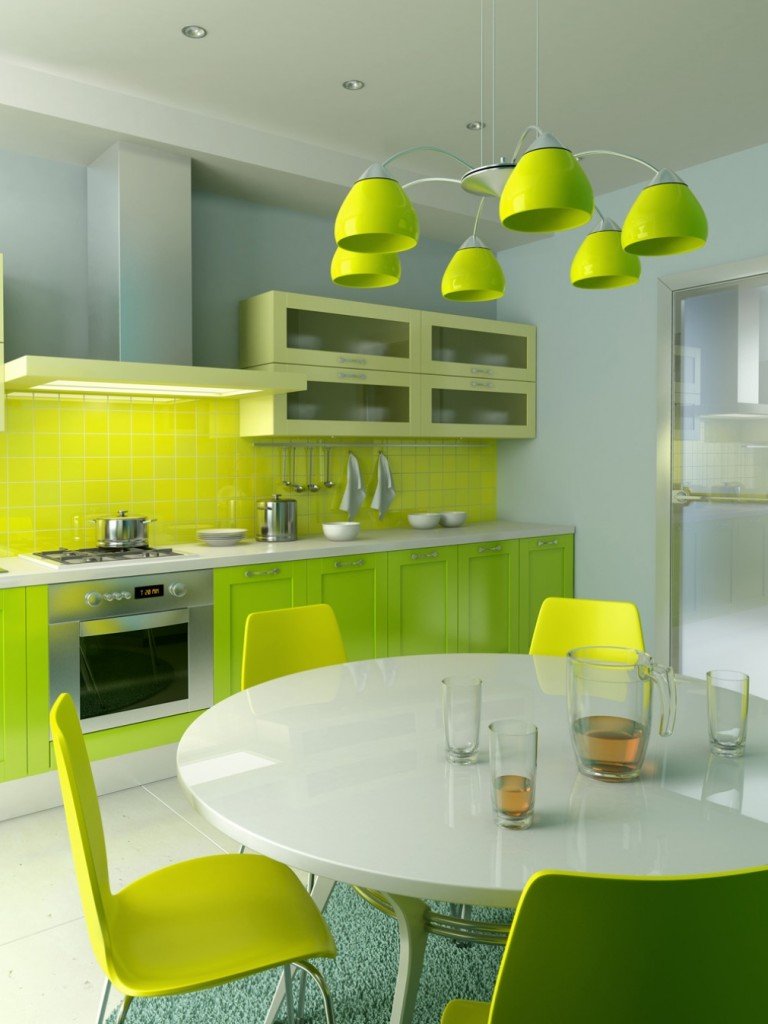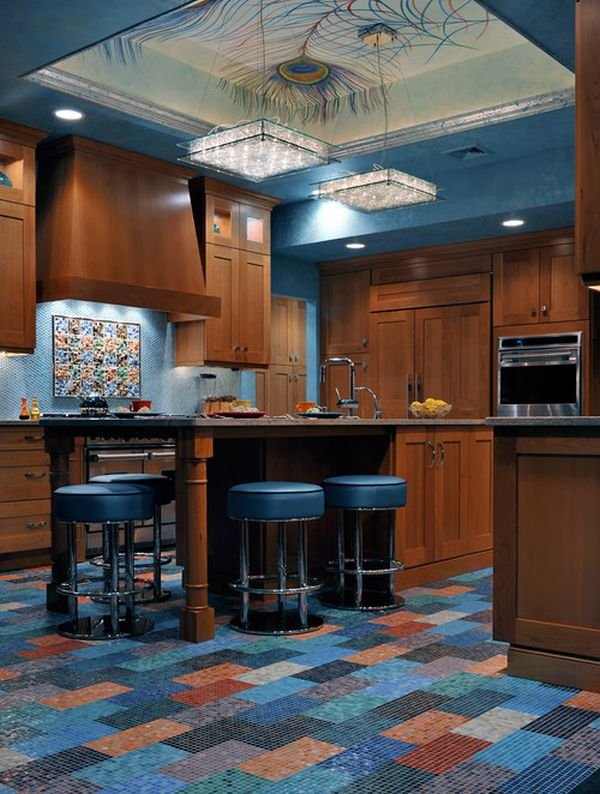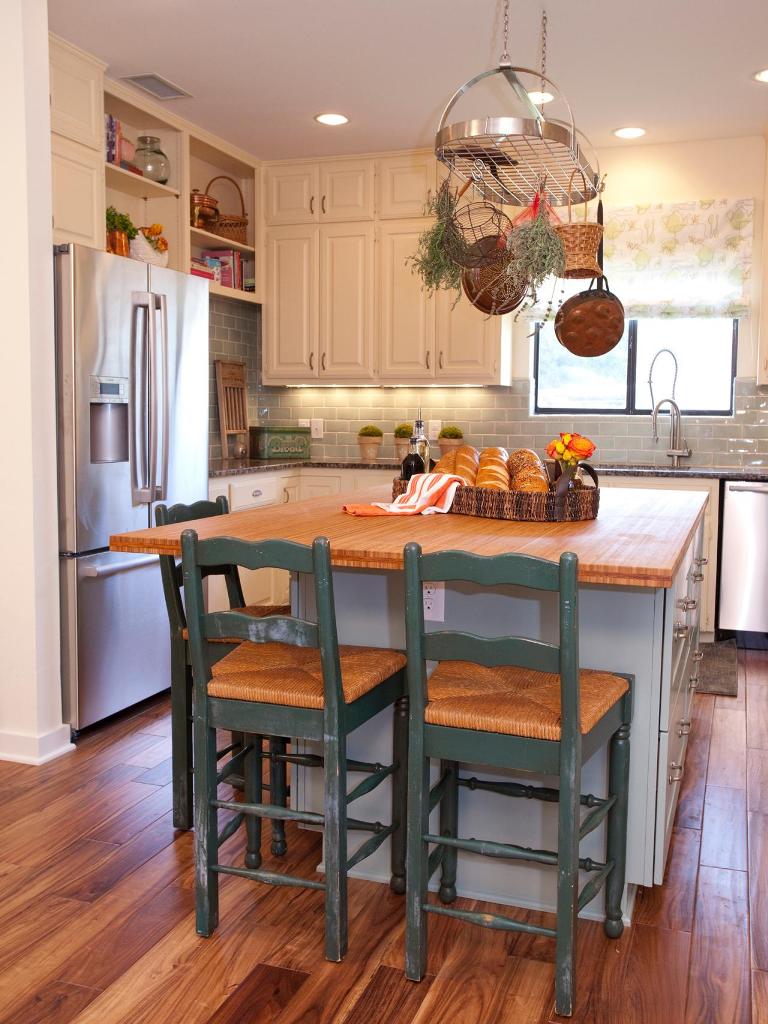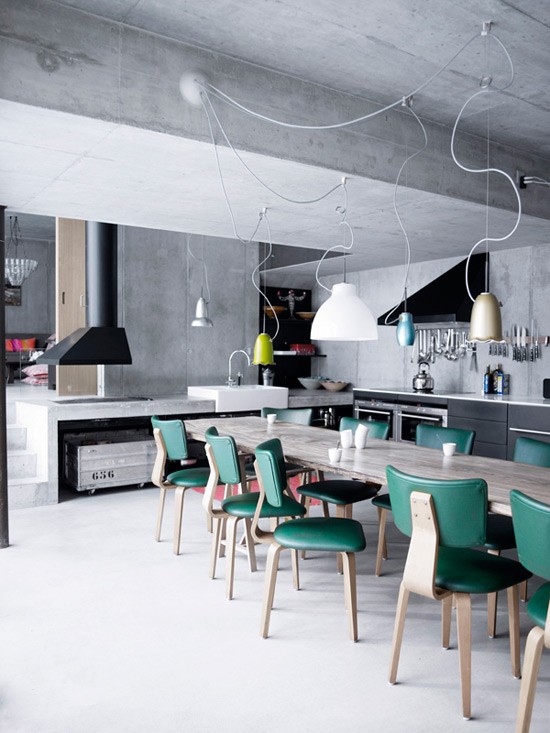Is there a cozier time than coming home after a stressful day and relaxing in the comfort of a perfect bed? Just imagining resting in this nook of well-being makes it possible to feel more relaxed. However, to have a good night’s sleep, it is necessary to know the differences between the types of fabric available in decoration.
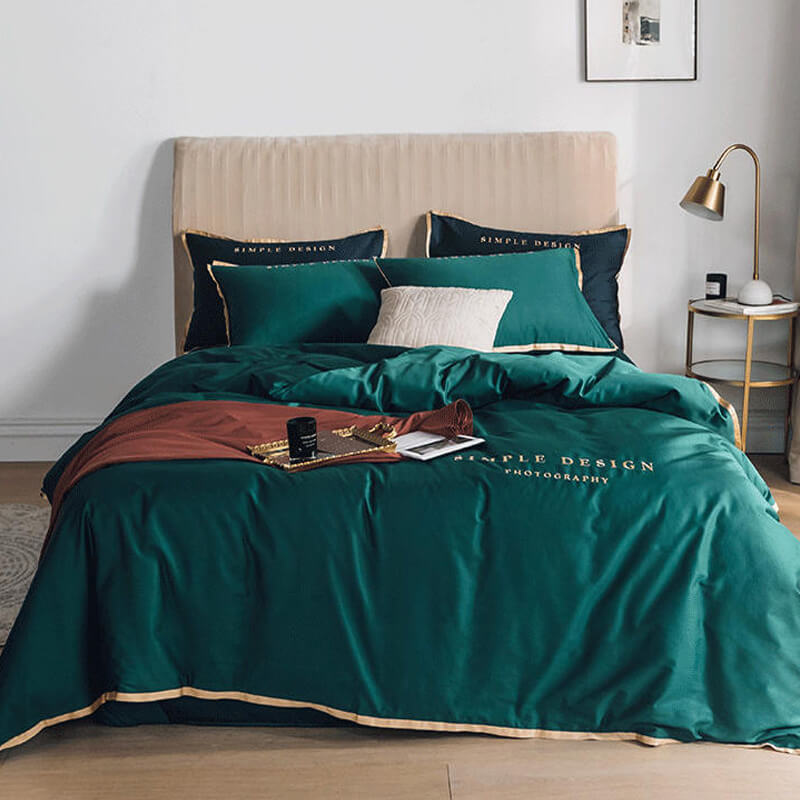
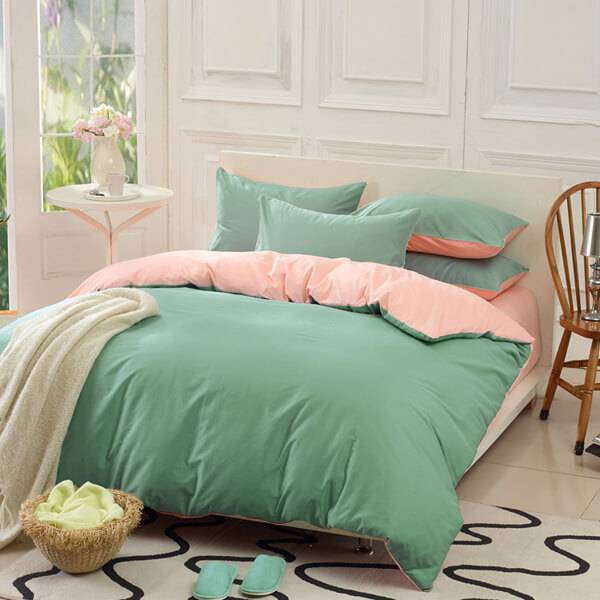
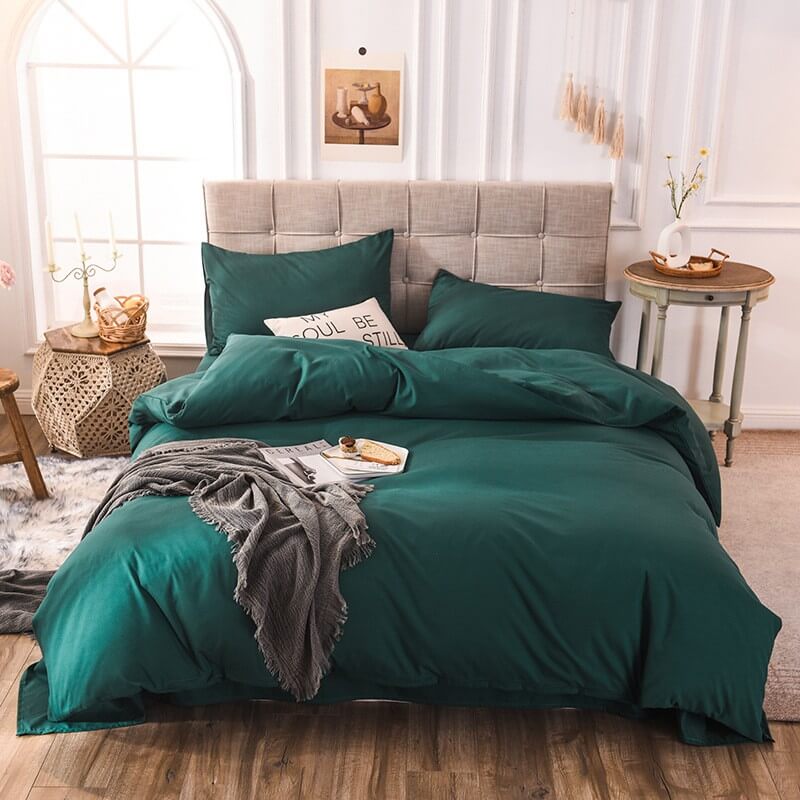
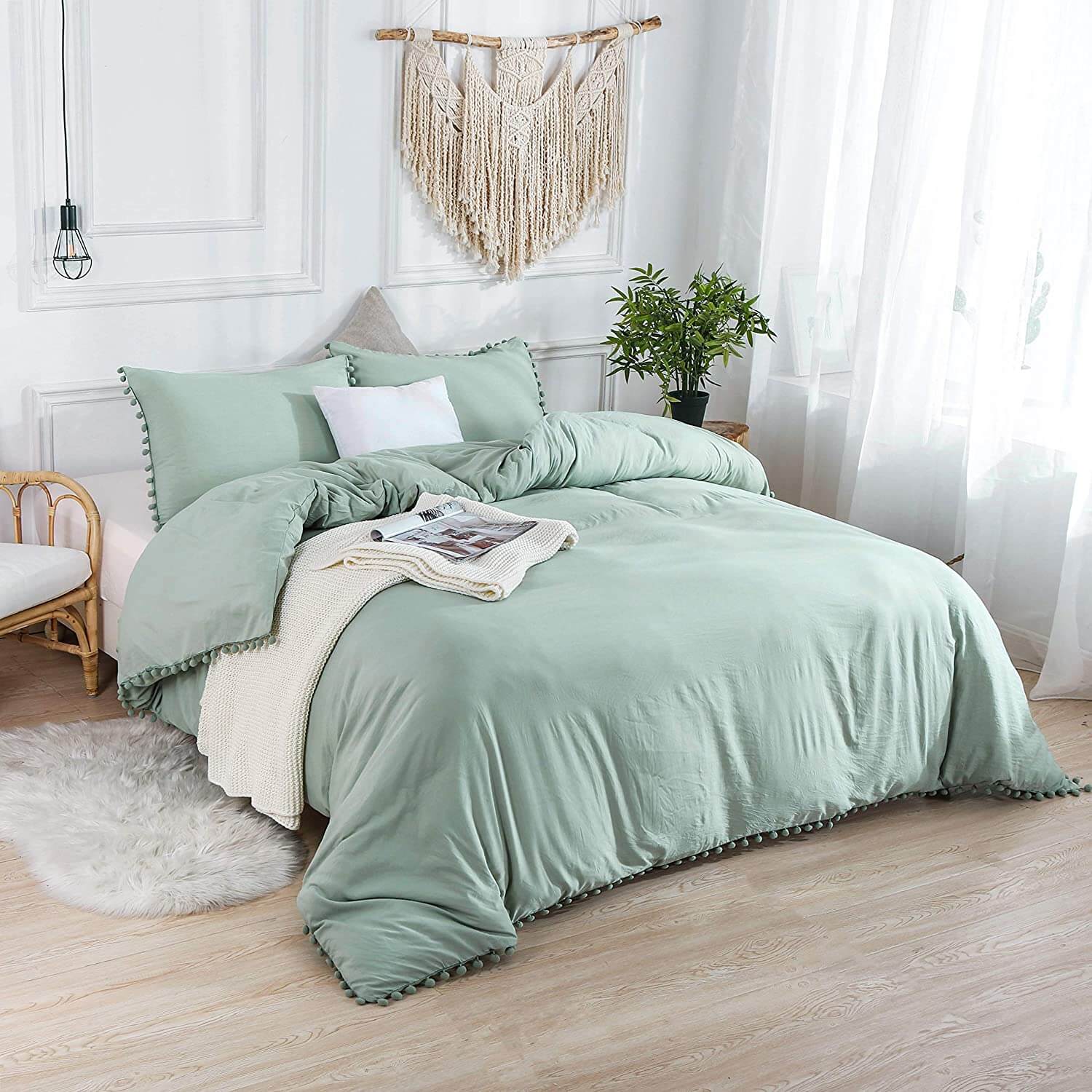
Knowing the characteristics of each option, it is possible to make better choices, which result in comfort and well-being. Because of this, check out our guide below on the different types of fabric used in bed linen and transform your nights.
The practicality of the percale
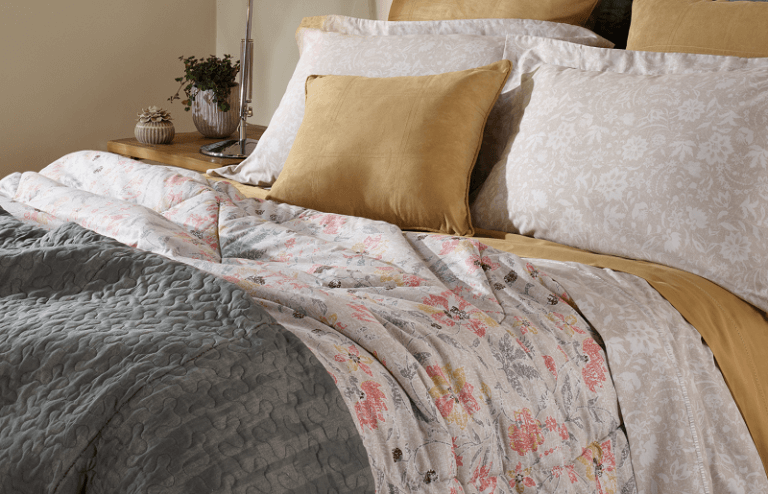
Made from cotton, percale has a weft closed by tightly interwoven threads. Widely used in the production of sheets and pillowcases, it has a pleasant touch and awakens the sensation of freshness. Therefore, it is ideal for those who feel hot at night.
Another great feature of the fabric is its high durability. Without ceasing to be soft, percale can be an excellent ally for your comfort for many years as it is dense. Pieces of this type are resistant and do not fray easily.
Typically, percale pieces have a matte finish, perfect for those who appreciate more sober bedding. However, some products offer a soft touch, with a noble and shiny result. Therefore, it is one of the most used types of fabric in home fashion.
The shine of satin
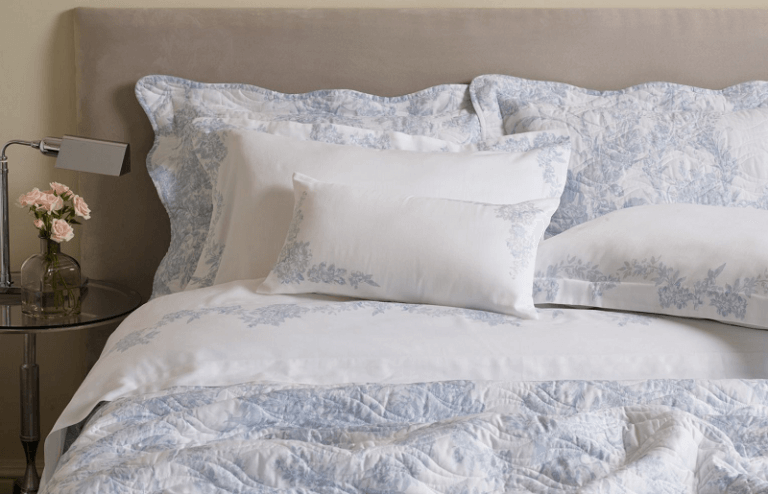
If you want luxury and a stunning look for your bed, you’ve probably already looked up satin information. After all, it’s one of the brightest and smoothest types of fabric out there! Made from cotton or silk, it tastes good at all times of the year and is a significant investment.
The cotton sateen has a looser and more flexible frame, which results in fine, comfortable, soft, warm pieces. Meanwhile, silk satin has a tighter set of threads but is still shiny, smooth, and exquisite.
As if these perks weren’t enough, satin types still aid your beauty ritual. Pillowcases in this fabric tend to absorb moisture from your hair, in addition to preventing frizz and sagging. The same is valid for skincare products, which are not easily absorbed by this fiber. So, in addition to having an incredibly relaxing night, your beauty routine is made easy.
The luxury of Egyptian cotton
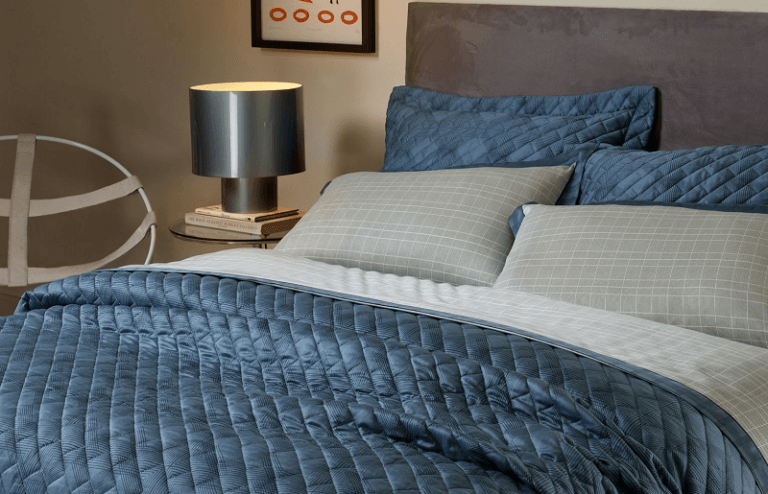
From the banks of the River Nile to your home. Egyptian cotton is a passionate option if you look for fabric types that perfectly combine comfort and sophistication. Hand-picked, this extra-long and fine fiber has become a source of desire because of Egypt’s favorable weather conditions. In this sense, the absence of rain and intense sun results in raw materials of extreme quality.
Very versatile, Egyptian cotton is widely used in bedding such as bedspreads and sheets. Pieces of this type offer good air circulation between their plots, making the items fresh and tasty.
Another factor of great importance in the reputation of products made with this raw material is their remarkable strength and durability. So, when you buy a piece made with Egyptian cotton, you can be sure that it, if well preserved, will stay with you for many years.
The versatility of microfiber
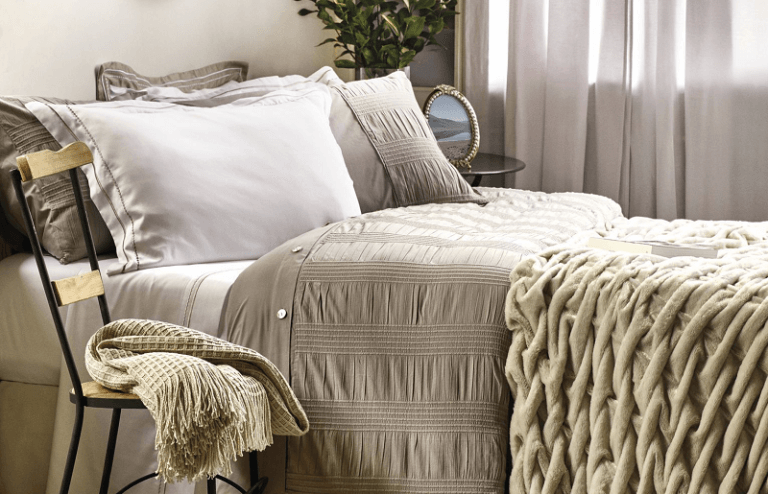
When temperatures drop, there’s nothing better than snuggling up in warm bed linen, is there? And, to achieve this, it is necessary to find the ideal product. One of the main types of fabric used in the garments that come with you during the cold is microfiber.
Favoring the thermal exchange between the fiber and your body, this fabric heats up without exaggeration, making moments at home more comfortable. In addition, pieces of this type have a beautiful fit, making them attractive in the bedroom decor.
Another high point of microfiber is its ease of conservation. It’s simple to wash and dries quickly. This is due to the thickness of your yarn, which is extremely thin. It can be made with polyester, acrylic, or viscose fibers, and the fabric is widely used to make comforters and blankets.
The comfort of lyocell
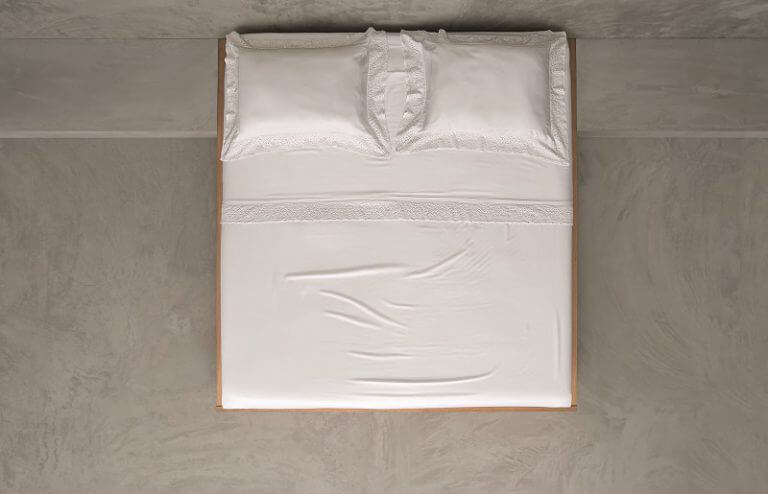
Eco-friendly, lyocell is extracted from wood pulp cellulose, mainly eucalyptus. One of the most exciting characteristics of this raw material is that the product is obtained from trees planted in self-sustaining forests, which contributes to the planet’s sustainability.
This fiber results in a light fabric, with great fit, comfortable, and extremely shiny in bedding. As it quickly absorbs moisture, lyocell is widely adopted in humid regions. However, it should not be restricted to them, being very well used by anyone who appreciates well-being.
As with microfiber, the conservation of lyocell is facilitated. Bed linen made with this raw material does not need many washing items, making the pieces keep that newly purchased aspect. Therefore, it is one of those types of fabric that cannot be left out of your room.
The nobility of linen
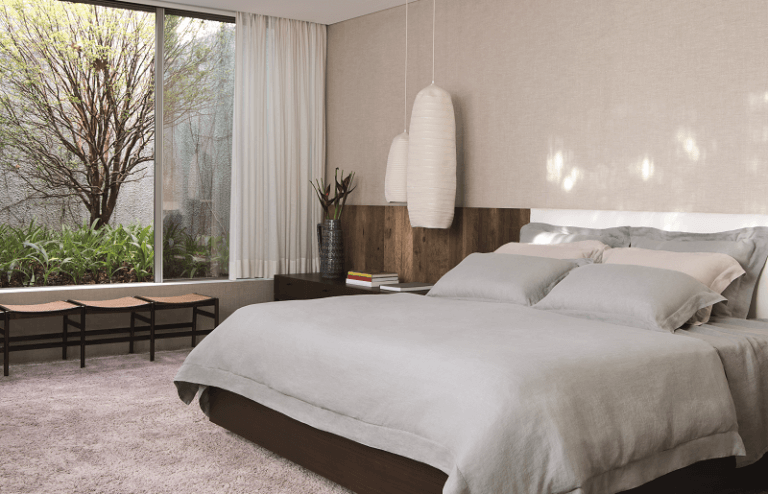
A traditional reference in the textile industry, linen is one of the oldest fabrics in history—very sophisticated results in pieces that impress with an elegant look and an incredibly comfortable touch.
One of its main characteristics is the feeling of freshness it awakens. Quickly absorbing moisture promotes the exchange of heat in our body, making nights refreshing and full of well-being.
Another extremely relevant point is that it is one of the main types of fabric when we think about resistance. Durable, it gets softer and more beautiful every time you put it in the machine. Hence, it became a favorite of many people.
The splendor of silk
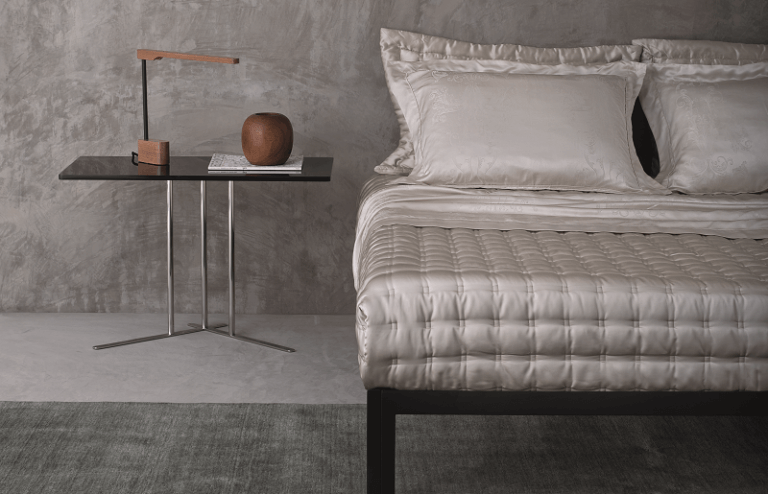
The silk fabric has become a favorite in the textile industry, moving curtains elegantly to bedding. Obtained from silkworms, this fiber has gained a reputation for producing comfortable, elegant, and highly luxurious pieces.
One of the main properties of silk is that the fiber adapts to the temperature of the environment. This means that products made with the raw material are warm in winter and fresh during summer.
One aspect that needs to be considered about silk is its maintenance. After all, it is one of the types of fabric whose care demands more attention. Observe the garment manufacturer’s washing instructions on the material to understand if the garment can be placed in the machine. Generally speaking, always opt for the gentle cycle and the use of a wash bag to protect your product. If you prefer, opt for handwashing.
The coziness of wool
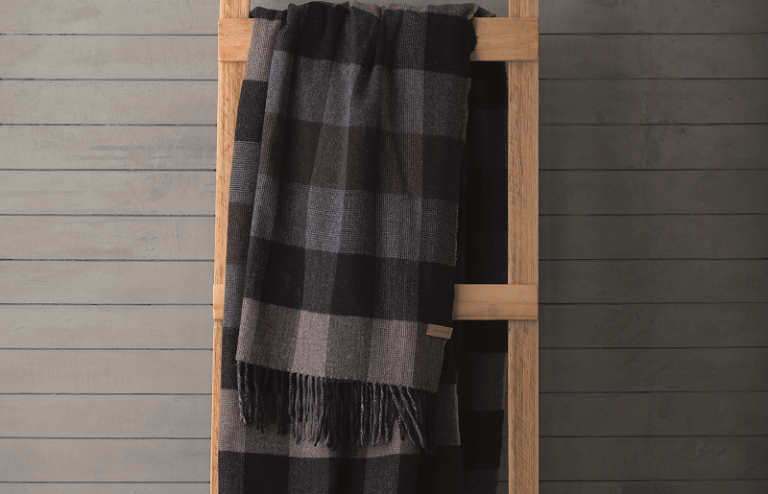
Perfect for winter and cozy moments, wool fabrics are visually attractive and very resistant. Despite being lightweight, this yarn is solid and durable.
Wool results in fabrics such as tweed, thicker and heavier, chenille, with threads woven in groups and with a very light texture, and flannel, consistently smooth and double-sided. When choosing, opt for products with delicate fibers, which result in soft and comfortable pieces.
Mainly used in blankets, wool is also a good option for making quilts and blankets. One of the most versatile fabric types in bedroom decor, it easily transitions from rustic to romantic. It can be the new ally in the composition of a dynamic environment.
Types of fabric: which is your favorite?
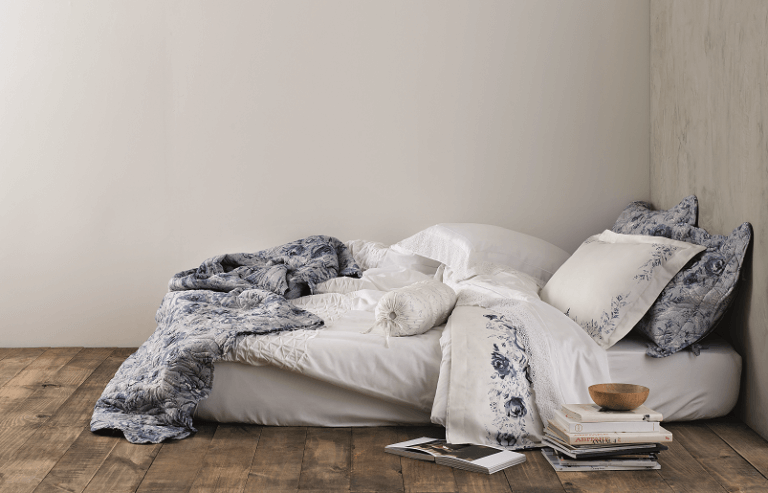
Now that you’ve met some fabric types, how about making a mix and match with a beautiful texture overlay? Combine plain with prints, thin and full-bodied, and be amazed by the decor in your room. Furthermore, this combination results in warm and highly cozy nights.

